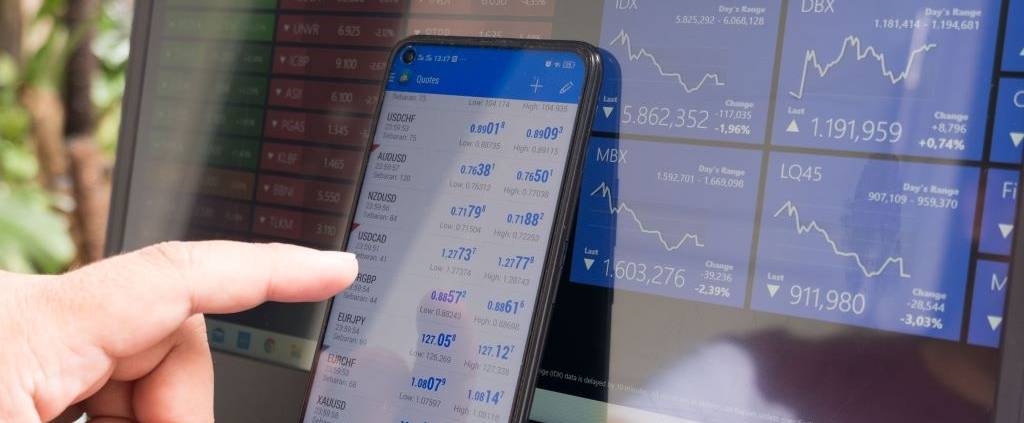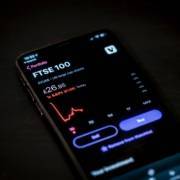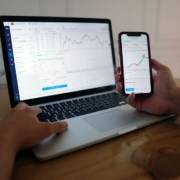Financial Learning via Simulations
In a world increasingly driven by data and technology, the manner in which we learn and acquire new skills is evolving. One significant development in the field of education is the use of simulations, particularly in financial learning. These dynamic educational tools are gaining recognition for their ability to enhance understanding and foster a more engaging learning environment.
Simulations, as described by Harvard Management Update, are essentially a method to help people develop their skills and knowledge rapidly1. This approach is particularly valuable in the realm of finance, where complex concepts and rapidly changing market conditions are the norms. Simulations offer an experiential learning experience that aids in the comprehension of these intricate subjects, effectively bridging the gap between theory and practice.
McKinsey & Co, a renowned global management consulting firm, has stated that well-designed simulations can bring immense benefits to corporations. Traditional management training programs might seem cost-effective at first glance, but in comparison to the results yielded by simulations, they may actually be less efficient. Despite the initial expense of design and facilitation, simulations prove to be more cost-effective in the long run due to their high impact on learning outcomes1.
Understanding CapitalWaves’s Simulation Approach
CapitalWave website focused on the university market, offers a unique approach to creating financial simulations. Their philosophy revolves around three key principles: geocentric design, dynamic flexibility, and user-customizability2.
Firstly, CapitalWave believes in creating simulations with a global viewpoint, considering markets as interconnected systems. This means simulations should not only consider a single base or accounting currency but should account for various traded instruments worldwide. Such a geocentric perspective makes the simulations more versatile and relevant to a broader set of scenarios and markets.
Secondly, CapitalWave emphasizes the importance of dynamic and flexible simulations. Markets, in their view, can be categorized into five macroeconomic outcomes: Bull, Bear, Flat, Volatile, and Flat/Bull. By creating simulations that incorporate these different market conditions, they provide an unlimited variety of scenarios for learners to explore. This dynamism and flexibility enhance the richness of the learning experience.
Lastly, recognizing the diverse needs of different learning programs, CapitalWave allows users to develop and upload their own simulations. This feature enables learners and educators to tailor the simulations to their specific learning objectives and program requirements. It is a testament to the platform’s commitment to providing a highly customizable learning experience.
Overall, the approach adopted by CapitalWave embodies the transformative potential of simulations in financial learning. By enabling a geocentric, dynamic, and user-customizable learning environment, it pushes the boundaries of traditional pedagogy and embraces the future of education.











